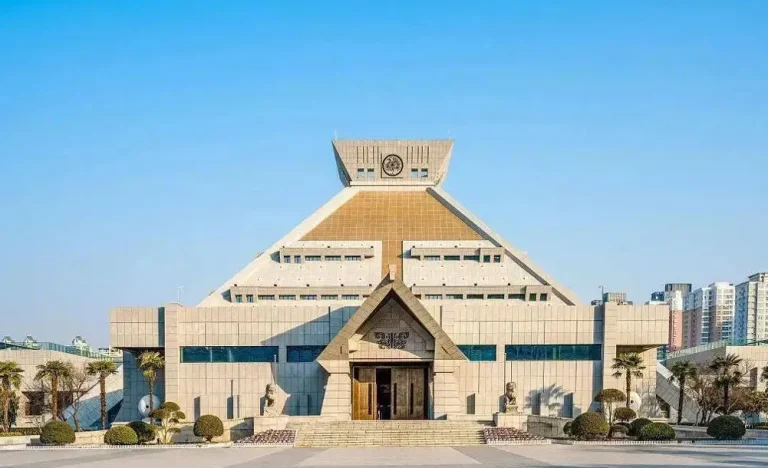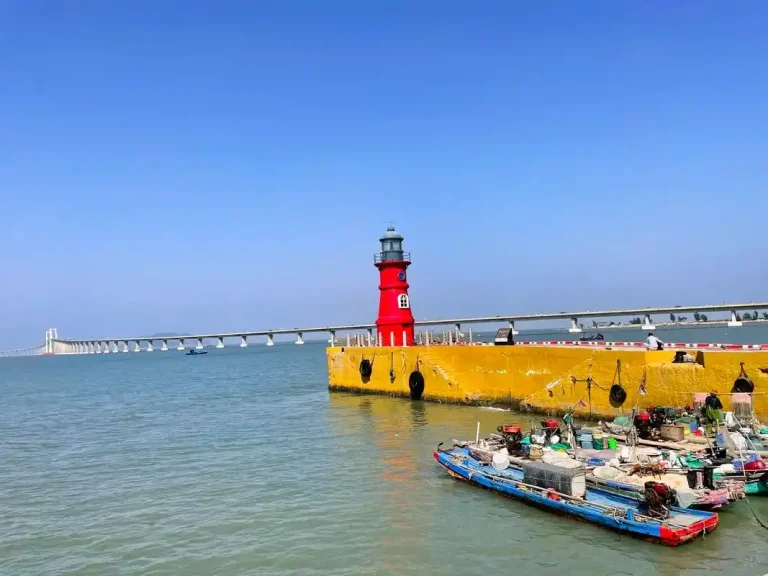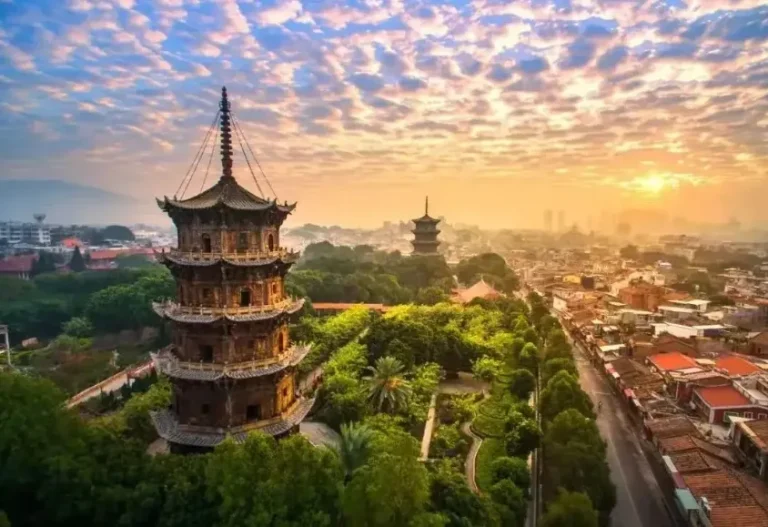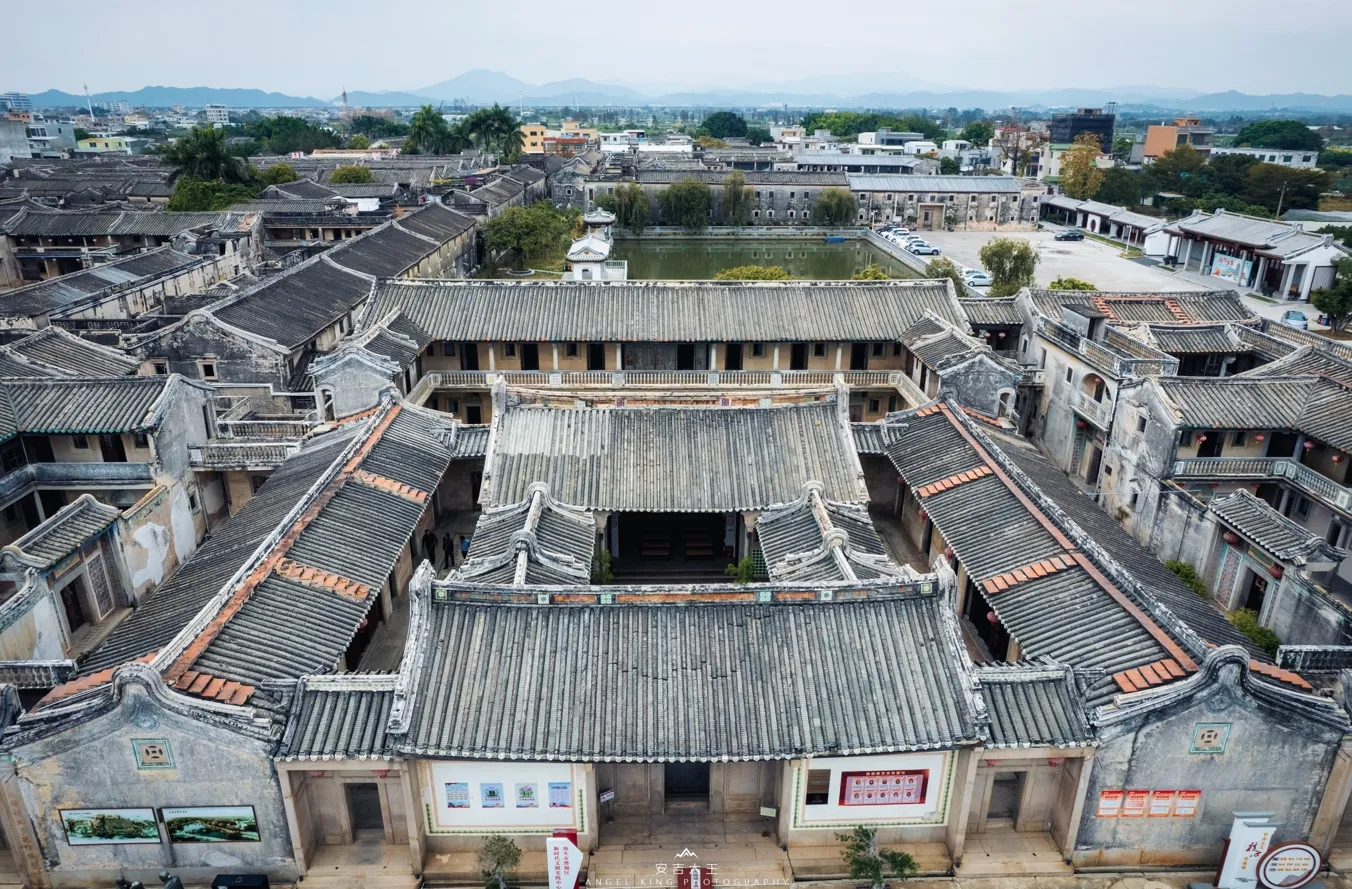
Foreword: A Mansion, a Microcosm of Teochew Overseas Chinese History
In Qianmei Village, Chenghai District, Shantou, stands a colossal architectural complex spanning 25,400 square meters. This is Chen Cihong Former Residence, hailed as “Lingnan’s Premier Overseas Chinese Mansion.” With 506 halls and rooms, a fusion of Chinese and Western architectural styles, and a half-century-long construction journey, it weaves an epic tale of Teochew entrepreneurship. This article delves into the historical enigmas and cultural significance of this century-old estate.
Historical Evolution: From Red-Headed Ships to a Transnational Conglomerate’s Rise
The Genesis of Chen Cihong Former Residence
In 1910, the Chen Cihong family, Thai-Chinese tycoons, invested heavily to launch this grand project in their ancestral village. Chen Cihong (1843–1921) inherited the family business from his father, Chen Huanrong, who founded the “Kin Tai Loong” trading house in Hong Kong. At 28, Chen Cihong expanded operations to Bangkok, establishing the “Chen Hong Li” multinational conglomerate. Spanning rice trade, shipping, and finance, it became Thailand’s “Leading Chinese Business Empire.”
An Architectural Marvel
The residence comprises four sections: Langzhongdi, Shoukangli, Shanju Chamber, and Sanlu Study. Shanju Chamber alone occupies 6,861 m² with 202 rooms. Construction, halted in 1939 due to the Japanese invasion, spanned nearly 50 years, leaving behind a unique “aesthetics of the unfinished.” Legend claims 48 servants were once hired solely to open and close its windows and doors—a task consuming nearly a full day.
Architectural Art: A Visual Feast of East-West Fusion
Harmony of Tradition and Modernity
- Teochew Roots: Traditional “Four-Point Gold” (Si Dian Jin) and “Four Horses Pulling a Carriage” (Si Ma Tuo Che) layouts, enclosed by a fortress-like double-layer Western-style building.
- Western Elements: Italian floor tiles, Spanish plaster sculptures, stained glass windows, and arched colonnades.
- Craftsmanship Perfected: Langzhongdi was rebuilt three times over a decade to meet exacting quality standards.
Treasures of Artistry
- Calligraphy & Stone Carvings: Inscriptions by masters like Hua Shikui and Zhu Ruzhen, revered as a “living copybook.”
- Sculptural Mastery: Woodcarvings like “Hundred Birds Worshipping the Phoenix” and stone reliefs of “Eight Steeds” symbolizing prosperity.
- Enduring Materials: British cast-iron railings and German hardware remain lustrous after a century.
Cultural Value: A Testament to the Overseas Hometown Spirit
Heritage Conservation & Academic Research
Designated a Guangdong Provincial Protected Cultural Site in 2002, the mansion now serves as a national demonstration base for overseas Chinese culture, housing over 3,000 artifacts. It comprehensively showcases 19th–20th century Teochew mercantile lifestyles, functioning as a living museum for studying diaspora and architectural history.
Innovative Cultural Revitalization
- Intangible Heritage: Daily Teochew opera performances in the dedicated theater.
- Folk Culture Experience: Traditional Teochew cuisine workshops in a restored antique kitchen.
- Educational Hub: Hosted 2,000+ overseas Chinese youth in summer camps (2024).
Travel Guide: An Immersive Journey Through Time
Practical Information
- Hours: 8:30 AM–5:30 PM (recommended duration: 3 hours)
- Admission: Adults ¥40; seniors (60+) half-price; guided tours ¥60/group.
- Transport: 25 km drive from Shantou city center, or Chenghai Bus 103 to “Qianmei Village” station.
Must-See Highlights
- Shanju Chamber Labyrinth: Unfinished corridors and skybridges create a unique spatial experience.
- Tile Museum: Showcases 32 original tile designs from 8 countries.
- Red-Headed Ship Sculpture: Icon of the Teochew “daring and determined” spirit.
Conservation Status: From Private Estate to Public Heritage
Professional Restoration System
- Traditional crafts used to repair woodcarvings and lime plaster sculptures.
- Temperature/humidity monitoring systems protect paper artifacts.
- Fire safety upgrades to be completed by 2025.
Sustainable Development
- Cultural Tourism Integration: 2024 revenue exceeded ¥8 million, fully reinvested in maintenance.
- Community Involvement: 23 Qianmei villagers employed for daily operations.
- Digital Innovation: VR virtual tour attracts 500,000+ online visits.
The Chen Family’s Commercial Legacy
Pioneering Transnational Model
- Created Southeast Asia’s first integrated “rice-shipping-finance” supply chain.
- Established a multinational settlement center in Bangkok.
- Issued “Chen Hong Li” silver notes circulated across Southeast Asia.
Tangible Ties to Homeland
- Invested ~¥300 million (modern equivalent) to build the mansion.
- Founded the “Chen Hong Li” Education Foundation.
- Funded a commercial road linking Qianmei Village to the ancient Zhanglin Port.
Festivals: Where Tradition Meets Modernity
Yingge Dance Cultural Festival
In November 2024, 300 performers of this national intangible heritage dazzled crowds at the mansion square, generating 10M+ social media impressions.
Mid-Autumn Fire Dragon Dance
The century-old mansion glows under fireworks during the traditional Teochew “Burning Fire Dragon” ritual at Shanju Square.
Beyond the Mansion: Qianmei Village’s Time Capsule
Yongning Fort Ancient Village
- Square-shaped fortress from the Yongzheng era (1720s) with 5 intact watchtowers.
- Experience authentic “Four-Point Gold” (Si Dian Jin) dwellings.
Wenyuan Pavilion Sketching Base
- Designated art academy site preserving 1930s architecture.
- Weekly Teochew folk ballad concerts every Saturday.
Epilogue: A Mansion Witness to an Era
Chen Cihong Former Residence is not merely an architectural marvel—it embodies the Teochew ethos of “sustaining culture through commerce and perpetuating heritage through art.” As you wander its fusion corridors, touch century-old tiles still vibrant with color, and hear tales of the Chen dynasty’s triumphs, you’ll grasp a profound truth: this mansion is, itself, a three-dimensional epic of the Teochew diaspora.
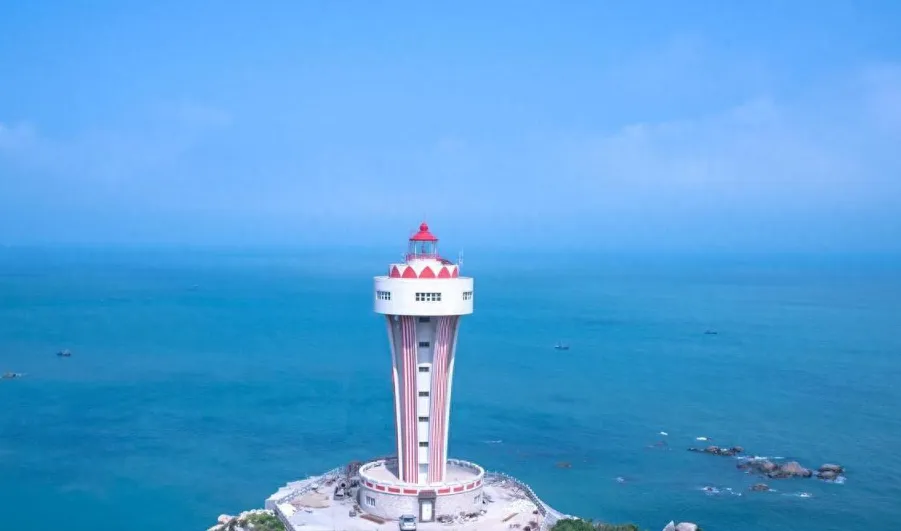
Shantou Travel Guide
As the gateway to eastern Guangdong, Shantou blends the Qilou architecture of a century-old commercial port with fresh seafood and miles of coastlines, attracting travelers worldwide.


